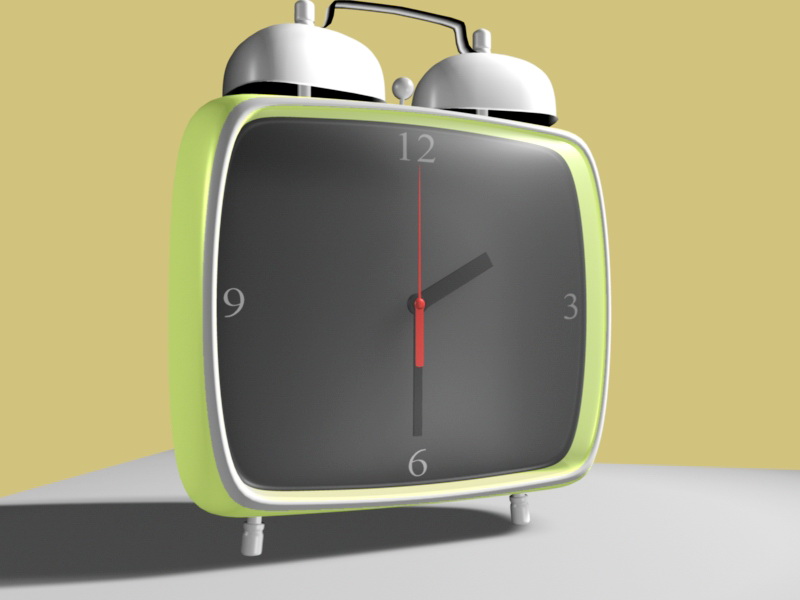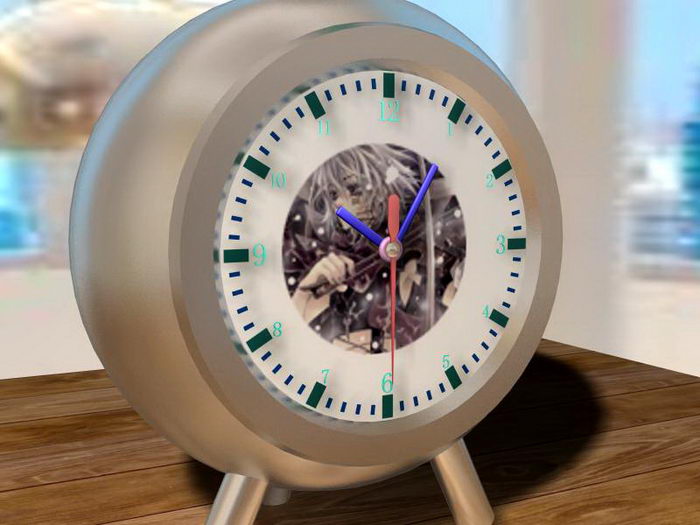

It was announced in March 2010 and unveiled at E3 2010 as the successor to the Nintendo DS. Let us know your thoughts on this design in the 3 D Printed Sundial forum thread on Nintendo 3DS is a handheld game console produced by Nintendo. Once you understand where to point the tip of the sundial (North or South?), the rest of the project seems accessible, as Julldozer of Mojoptix has done most of the hard work already for the rest of us. We are used to hearing that “3D printing is the only way,” and this is another one of those projects. It’s an incredible example of some unthinkably modern ways to retain technologies of the past. This makes sense since the design using sunlight cast through holes to show legible numbers is quite an elaborate undertaking. All you’ll need are four 3D printed parts (ABS, he notes), as well as a jam jar and a few screws, nuts, and washers.Īs Julldozer describes, 3D printing proves to be essential in the project because the elaborate algorhythmically designed holes - the “swiss cheese”– can’t be made any other way like injection molding or another mass production method.

DIGITAL CLOCK 3D MODEL FREE DOWNLOAD
The whole project is open source, and you can download everything on Thingiverse (or just buy it from his Etsy shop). Then he combined these number matrixes into an open-source 3D printable model with OpenSCAD script and STL files. He created a matrix for each number shown on the sundial.

In a YouTube video (see below) that explains how Julldozer conceptualized and designed the project, he tells us he built the sundial algorhythmically using OpenSCAD. And I thought I had heard it all. It’s kind of like, why stop at approximating the correct time with a sundial when you can straight out just have the exact digital time displayed? Modern enough for you yet? Julldozer of Mojoptix set out to 3D print a sundial with the question: “What if we had a sundial that worked more like some sort of enormous digital watch?” And what he means by this is that as the style on the sundial moves, sun is either blocked or it breaks through the design holes (he calls it “swiss cheese”) so that the actual time can be read in the shadow of the sundial. Now, add 3D printing to make a digital sundial for the Southern hemisphere and that might get your attention, right? For the Southern hemisphere, the latitude has to be reversed from the Northern hemisphere’s latitude. Using just a few parts, the trick is to get the edge (style) of the part that throws the shadow (gnomon) to be parallel to the Earth’s rotation axis while staying accurate all year long. Sundials are rather simple instruments at first glance. It was Ancient Egyptian and Babylonian astronomy that gave us the first sundials, and since then they have been used as serious objects of mathematical study and as decorative objects because they represent technology of the past that was streamlined over time. Do you remember the first time you grasped the concept of a sundial, the idea that we can tell general time from observing the shadow cast by the sun via an object designed for this purpose? It seemed like a pretty magical concept, and it also introduces basic concepts about math and astronomy in an interesting and beneficial way.


 0 kommentar(er)
0 kommentar(er)
